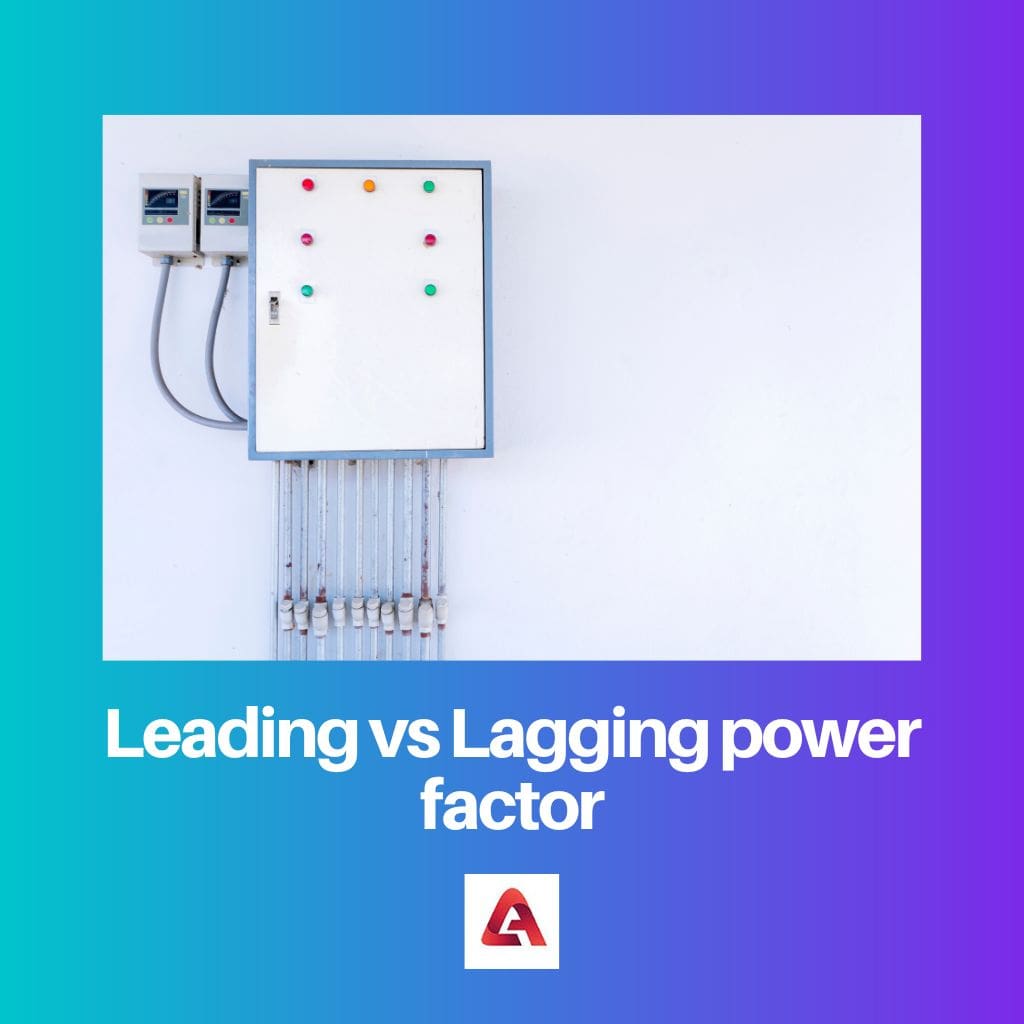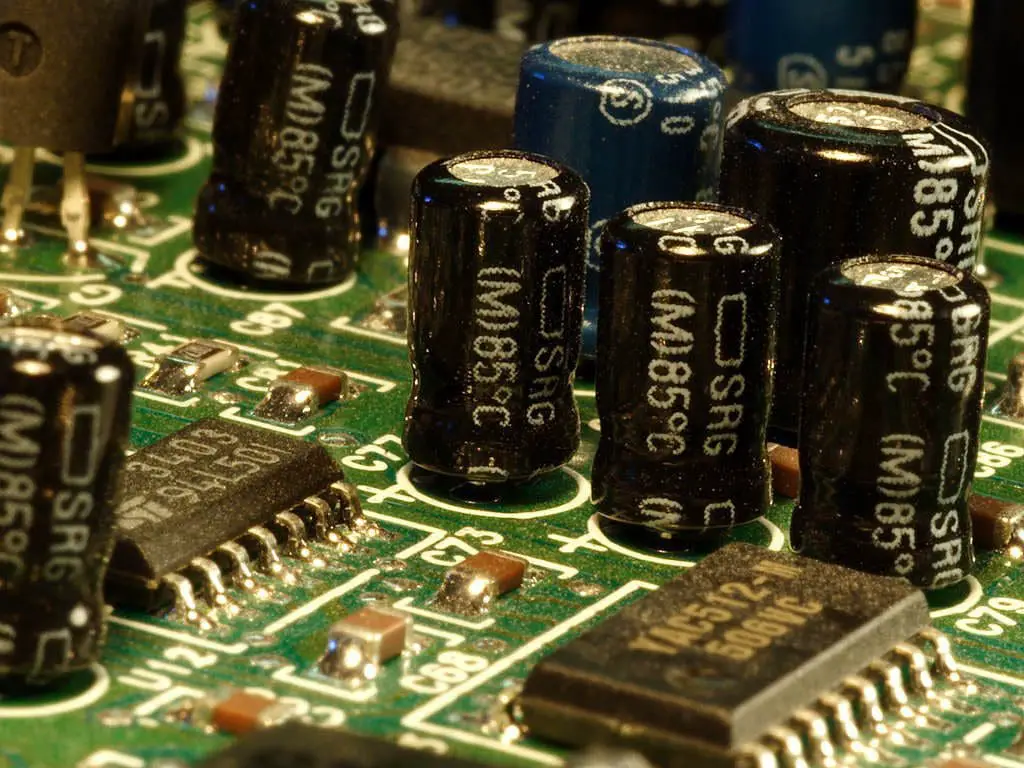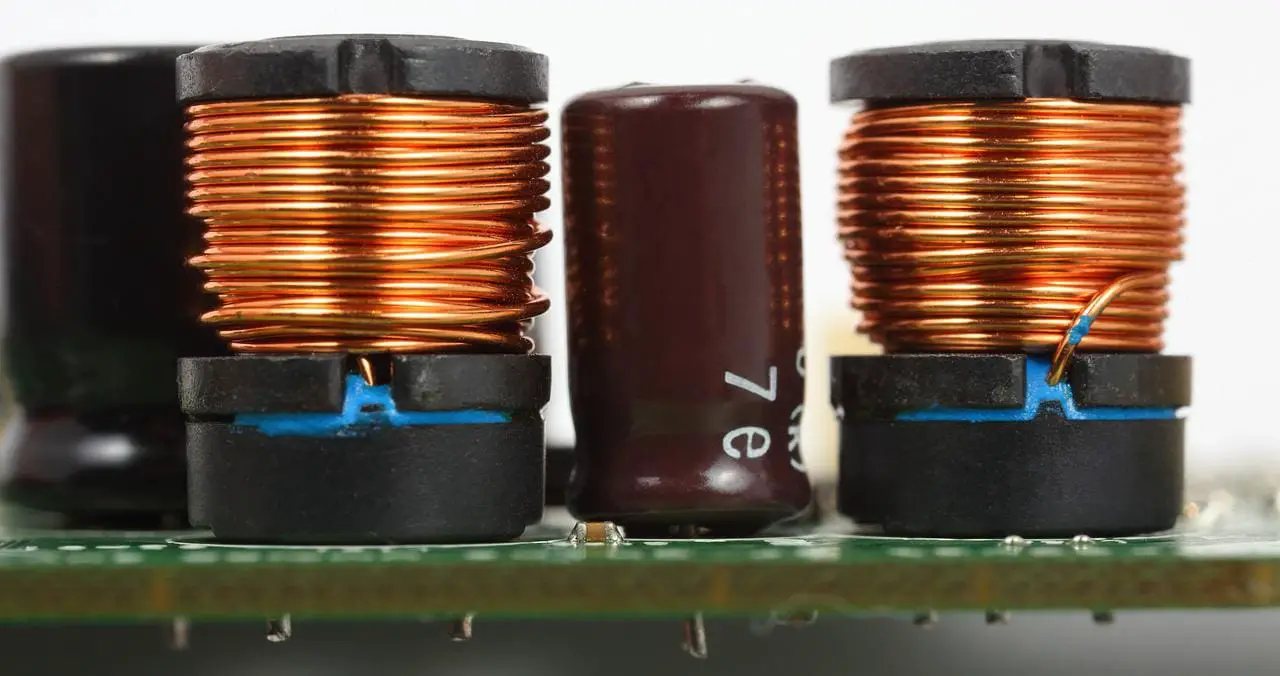Power factor is used in AC circuits irrespective of whether single-phase or three-phase. Unlike AC circuits, in DC circuits, one can determine the power by multiplying the voltmeter readings and ammeter connected to the circuit.
To determine the actual power, a wattmeter is introduced in the circuit to measure the true power. The ratio of active power to apparent power is called the power factor.
Key Takeaways
- A leading power factor occurs when the current waveform leads the voltage waveform in an electrical circuit, which is typical in capacitive loads.
- A lagging power factor happens when the current waveform lags behind the voltage waveform, which is common in inductive loads such as motors or transformers.
- Leading and lagging power factors describe the phase relationship between current and voltage in electrical circuits. Still, they represent opposite-phase relationships and are associated with different types of loads.
Leading vs Lagging Power Factor
When the current leads the voltage, it is called the leading power factor. In the leading power factor, the load is capacitive. Inductive loads can be added to make a correction in the leading power factor. When the voltage leads the current, it is called lagging power factor. In the lagging power factor, the load is inductive. Most of the AC motors work on lagging power factors.

Also, the power factor continuously varies between 0 to 1. It can be determined by the lag or lead of load more regarding supply voltage.
Comparison Table
| Parameters of Comparison | Leading Power Factor | Lagging Power Factor |
|---|---|---|
| Definition | Leading Power Factor is a term used where the load current leads the supply voltage. | A lagging Power Factor is when the load current lags behind the supply voltage. |
| Phase angle | About the driving voltage phase angle, the resulting current phase angle is positive. | About the driving voltage phase angle, the resulting current phase angle is negative. |
| Significance | The leading power factor in an AC circuit signifies that the load current is capacitive. | A lagging power factor in an AC circuit signifies that the load current is inductive. |
| Correction | To correct a leading power factor, inductive loads must be added. | To correct a lagging power factor, capacitive loads should be added. |
| Examples | Radio circuits, electric motors, and power supplies are examples of capacitive loads. | Repulsion induction motors, power generators, and relays are examples of inductive loads. |
What is Leading Power Factor?
The leading power factor describes where the load current leads the supply voltage. It is a property of an electric circuit that determines if the load current is capacitive.
A positive power factor is the power factor of a maximum current. It is sometimes called the positive power factor.
To sum it up, the load must be capacitive to get a leading power factor.

What is Lagging Power Factor?
The lagging power factor describes where the load current lags behind the supply voltage. It is a property of an electric circuit that determines if the load current is inductive.
Capacitive loads should be added to the circuit to correct a lagging power factor. The most common form of a three-phase motor is the repulsion induction motor which is an inductive load and always has a lagging power factor.
The current that reaches its peak value up to 90 degrees later than the supply voltage can be described as a lagging power factor.
All the AC motors except the overexcited synchronous motors and transformers operate at a lagging power factor. Repulsion induction motors, power generators, and relays are examples of inductive loads.

Main Differences Between Leading and Lagging Power Factors
- The leading power factor describes where the load current leads the supply voltage. In contrast, the lagging power factor describes where the load current lags behind the supply voltage.
- The resulting current phase angle of the leading power factor is positive about the driving voltage phase angle. In contrast, the resulting current phase angle of the lagging power factor is negative.
- https://journals.sagepub.com/doi/pdf/10.1177/002072096500300414
- https://safetyclimate.sites.tamu.edu/wp-content/uploads/sites/96/2016/05/Payne-et-al.-2009-Safety-climate-Leading-or-lagging-indicator-of-safety-outcomes.

The comprehensive explanations and clear examples leave little room for ambiguity. It’s evident that the author has a deep understanding of the subject matter.
While the content is valuable, the writing style is somewhat dry and less engaging. A more captivating approach could help improve the reader’s experience.
The explanations are clear and concise, and the inclusion of leading vs lagging power factor makes this article very informative. It’s a great resource for those new to electrical engineering.
The article effectively contrasts leading and lagging power factors and provides practical examples of appliances and devices associated with each type. Very helpful.
The article’s structure and flow are well-organized, making it easy to understand and absorb the concepts being presented.
This material delves deep into the technical aspects, which may overwhelm those new to the subject. Some simplification could make it more accessible to a wider audience.
This article provides a comprehensive overview of power factor and explains concepts that are crucial for a deep understanding of electrical circuits. It’s a valuable read.
The discussion on leading and lagging power factors is insightful and well-referenced. It’s clear that extensive research has been done to support the article’s content.
The content touches on an essential aspect of electrical engineering. It would be interesting to see an expanded section on real-life applications of leading and lagging power factors.
The accurate and detailed comparison table included in the article contributes to a thorough understanding of leading and lagging power factors. It’s beneficial to have all key aspects summarized in one place.